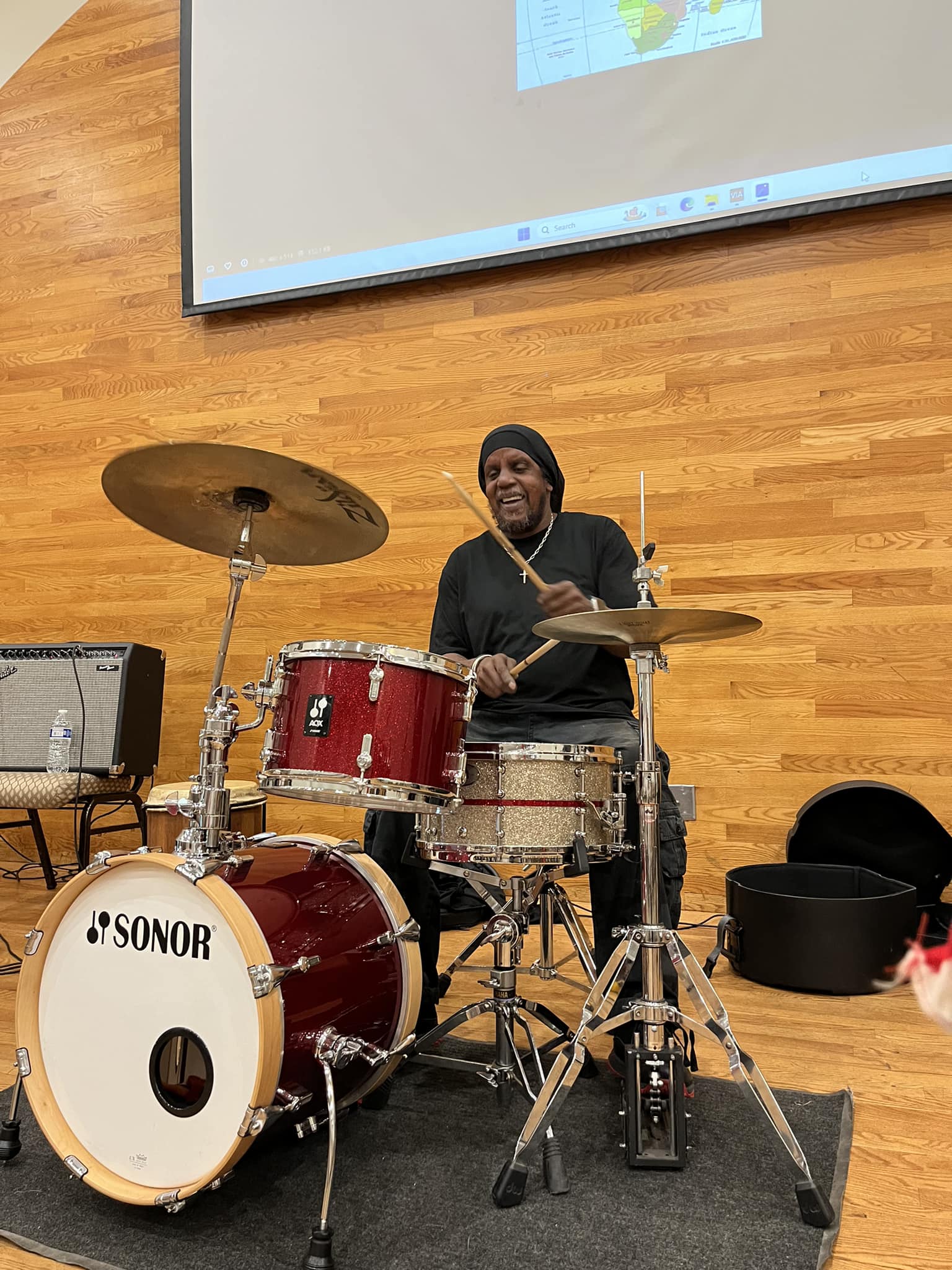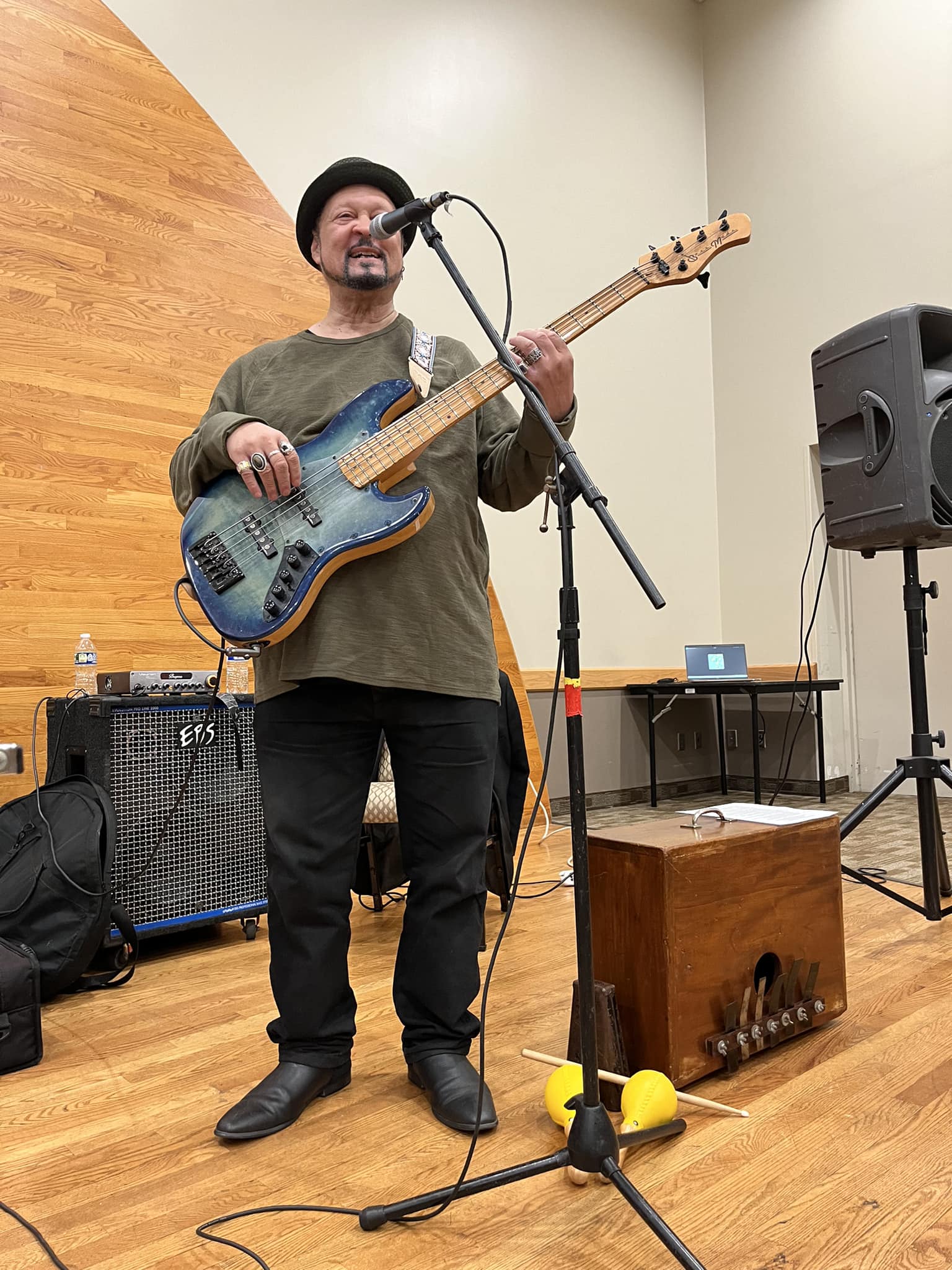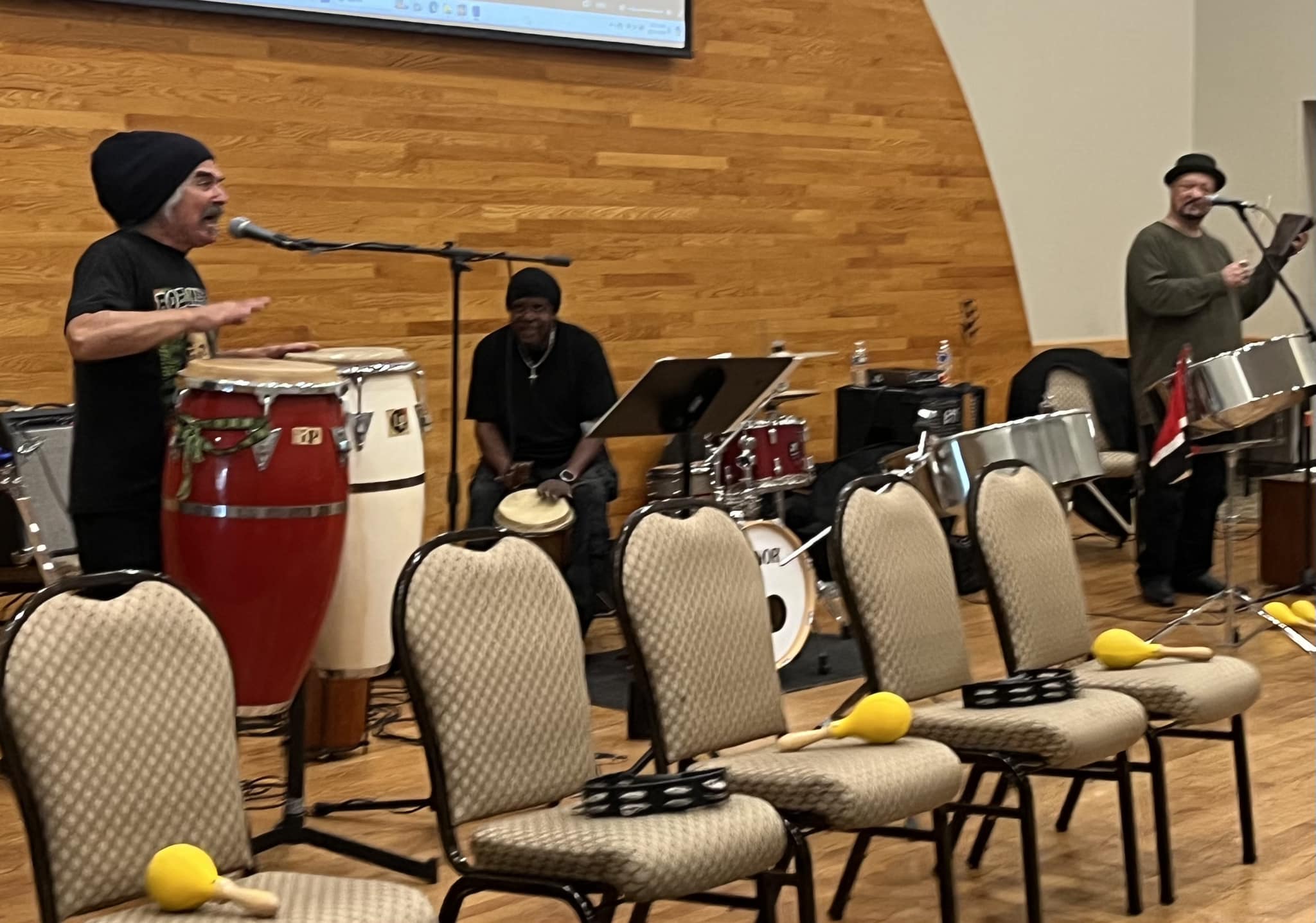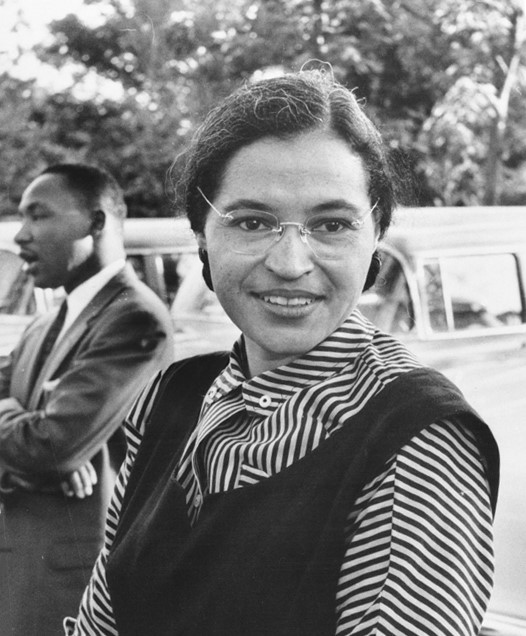Blog
Kanaka Dasa (1509–1606) was a Haridasa saint and philosopher of Dvaita Vedanta, also known as Daasashreshta Kanakadasa (ದಾಸಶ್ರೇಷ್ಠ ಕನಕದಾಸ) from present-day Karnataka, India. He was a follower of Madhvacharya‘s Dvaita philosophy and a disciple of Vyasatirtha. He was a composer of Carnatic music, poet, reformer and musician. He is known for his keertanas and ugabhoga, and his compositions in the Kannada language for Carnatic music. Like other Haridasas, he used simple Kannada and native metrical forms for his compositions.
more...Edward “Corky” Cornelius (December 3, 1914 – August 3, 1943) was an American jazz trumpeter.
Cornelius’s father was a drummer who worked regionally in dance bands in Texas. He was born in Indiana and raised in Binghamton, New York, and began his career in the early 1930s, playing with Les Brown, Buddy Rogers, and Frank Dailey. He joined Benny Goodman‘s band early in 1939, and went with Gene Krupa when the drummer split off to form his own group.
While there, Cornelius met singer Irene Daye, whom he married soon after. He played with the Casa Loma Orchestra from 1941 until 1943, when he died suddenly of kidney failure. His widow, Daye, married Charlie Spivak, in 1950.
more...The subject of this NASA/ESA Hubble Space Telescope Picture of the Week is NGC 1637, a spiral galaxy located 38 million light-years from Earth in the constellation Eridanus.
This image comes from an observing programme dedicated to studying star formation in nearby galaxies. Starsform in cold, dusty gas clouds that collapse under their own gravity. As young stars grow, they heat their nurseries through starlight, winds, and powerful outflows. Together, these factors play a role in controlling the rate at which future generations of stars form.
Evidence of star formation is scattered all around NGC 1637, if you know where to look. The galaxy’s spiral arms are dotted with what appear to be pink clouds, many of which are accompanied by bright blue stars. The pinkish colour comes from hydrogen atoms that have been excited by ultraviolet light from young, massive stars. This contrasts with the warm yellow glow of the galaxy’s centre, which is home to a densely packed collection of older, redder stars.
The stars that set their birthplaces aglow are comparatively short-lived, and many of these stars will explode as supernovae just a few million years after they’re born. In 1999, NGC 1637 played host to a supernova, pithily named SN 1999EM, that was lauded as the brightest supernova seen that year. When a massive star expires as a supernova, the explosion outshines its entire home galaxy for a short time. While a supernova marks the end of a star’s life, it can also jump start the formation of new stars by compressing nearby clouds of gas, beginning the stellar lifecycle anew.
[Image Description: A spiral galaxy filling the view. Its disc is filled with bright red spots where stars are forming, dark reddish threads of dust that obscure light, and bluish glowing areas where older stars are concentrated. It has a large, glowing yellow oval area at the centre, from which two spiral arms wind through the galaxy’s disc. The bottom side of the disc is rounded while the top side is somewhat squared-off.

Charlie Ventura (born Charles Venturo; December 2, 1916 – January 17, 1992) was an American tenor saxophonist and bandleader from Philadelphia, Pennsylvania, United States.
During the 1940s, Ventura played saxophone for the bands of Gene Krupa and Teddy Powell. In 1945 he was named best tenor saxophonist by DownBeat magazine.He led a band which included Conte Candoli, Bennie Green, Boots Mussulli, Ed Shaughnessy, Jackie Cain, and Roy Kral. He led big bands in the 1940s and 1950s and formed the Big Four with Buddy Rich, Marty Napoleon, and Chubby Jackson. He was a sideman with Krupa through the 1960s, then worked in Las Vegas with comedian Jackie Gleason.
He died of lung cancer in 1992. His great-grandson is the musician MJ Lenderman.
more...Tal Wilkenfeld (born 2 December 1986) is an Australian bassist, singer and songwriter. She has performed with artists including Chick Corea, Jeff Beck, Prince, Incubus, Eric Clapton, Herbie Hancock, Toto (band), and Mick Jagger. In 2008, Wilkenfeld was voted “The Year’s Most Exciting New Player” in a Bass Player magazine readers’ choice poll. In 2013, Wilkenfeld was awarded the Bass Player magazine’s “Young Gun Award” by Don Was; she then performed “Chelsea Hotel” by Leonard Cohen.
Wilkenfeld is a bandleader of her own bands in which she sings, plays bass, and plays guitar. In earlier work, she was backed by musicians such as Wayne Krantz and Vinnie Colaiuta. She opened for the Who on the North American part of The Who Hits 50! tour in 2016. In 2016, she released a single entitled “Corner Painter” featuring Blake Millsand Benmont Tench. Also in 2016, Rolling Stone said that Wilkenfeld was “working on new music that sees her evolving from an instrumental prodigy into a formidable singer-songwriter.” On 15 March 2019, Wilkenfeld released her vocal debut album Love Remains, which reached No. 1 on the Billboard Heatseeker charts on the first week of its release. Love Remains has been highly praised by the press and was featured in Rolling Stone, Relix, Paste, Billboard, and Forbes. Rolling Stone described her vocal debut as having “ten dense, riff-heavy tracks with brazen, introspective lyrics—prove her songwriting abilities.” Wilkenfeld has also been a guest on popular podcasts, including WTF with Marc Maron, and Bill Burr‘s Monday Morning Podcast.
Wilkenfeld has recorded on projects with Ringo Starr, Brian Wilson, Toto, Todd Rundgren, Macy Gray, Dr. John, Trevor Rabin, Jackson Browne, Joe Walsh, Rod Stewart, John Mayer, Sting, Ben Harper, David Gilmour, Pharrell, Buddy Guy, Billy Gibbons, Lee Ritenour, Hiram Bullock, Susan Tedeschi, and Hans Zimmer, and Playing for Change with Carlos Santana.
more...Wynton Charles Kelly (December 2, 1931 – April 12, 1971 NY, NY) was an American jazzpianist and composer. He is known for his lively, blues-based playing and as one of the finest accompanists in jazz. He began playing professionally at the age of 12 and was pianist on a No. 1 R&B hit at the age of 16. His recording debut as a leader occurred three years later, around the time he started to become better known as an accompanist to singer Dinah Washington, and as a member of trumpeter Dizzy Gillespie‘s band. This progress was interrupted by two years in the United States Army, after which Kelly worked again with Washington and Gillespie, and played with other leaders. Over the next few years, these included instrumentalists Cannonball Adderley, John Coltrane, Hank Mobley, Wes Montgomery, and Sonny Rollins, and vocalists Betty Carter, Billie Holiday, and Abbey Lincoln.
Kelly attracted the most attention as part of Miles Davis‘ band from 1959, including an appearance on the trumpeter’s Kind of Blue, often mentioned as the best-selling jazz album ever. After leaving Davis in 1963, Kelly played with his own trio, which recorded for several labels and toured the United States and internationally. His career did not develop much further, and he had difficulty finding enough work late in his career. Kelly, who was known to have epilepsy, died in a hotel room in Canada following a seizure, aged 39.
more...






NGC 1569 is a dwarf irregular galaxy in Camelopardalis. The galaxy is relatively nearby and consequently, the Hubble Space Telescope can easily resolve the stars within the galaxy. The distance to the galaxy was previously believed to be only 2.4 Mpc (7.8 Mly). However, in 2008 scientists studying images from Hubble calculated the galaxy’s distance at nearly 11 million light-years away, about 4 million light-years farther than previously thought, meaning it is a member of the IC 342 group of galaxies. Adam Block pic.

John Francis Anthony Pastorius III, also known as Jaco Pastorius (December 1, 1951 – September 21, 1987 Norristown, PA) was an American jazz bassist, composer, and producer. Widely regarded as one of the greatest and most influential bassists of all time,Pastorius recorded albums as a solo artist, band leader, and as a member of the jazz fusion group Weather Report from 1976 to 1981. He also collaborated with numerous artists, including Herbie Hancock, Pat Metheny and Joni Mitchell.
His bass style was influenced by funk and employed the use of fretless bass, lyrical solos, bass chords and innovative use of harmonics. As of 2017, he was the only one of seven bassists inducted into the DownBeat Jazz Hall of Fame to have been known for their work on the electric bass, and he has been lauded as among the best bassists of all time.
Pastorius suffered from drug addiction and mental health issues and, despite his widespread acclaim, over the latter part of his life he had problems holding down jobs due to his unreliability. In frequent financial difficulties, he was often homeless in the mid-1980s. He died in 1987 as a result of injuries sustained in a beating outside a South Florida after-hours nightclub.
Since his death in 1987, his work has continued to be widely influential. He was elected to the DownBeat Hall of Fame in 1988 and was the subject of the 2014 documentary film Jaco.
Bette Midler ( born December 1, 1945 Honolulu, HI) is an American actress, comedian, singer, and author. Throughout her five-decade career Midler has received numerous accolades, including four Golden Globe Awards, three Grammy Awards, three Primetime Emmy Awards, two Tony Awards, and a Kennedy Center Honor, in addition to nominations for two Academy Awards and a British Academy Film Award.
Born in Honolulu, Hawaii, Midler began her professional career in several off-off-Broadway plays, prior to her engagements in Fiddler on the Roof and Salvation on Broadway in the late 1960s. She came to prominence in 1970 when she began singing in the Continental Baths, a local gay bathhouse where she managed to build up a core following. Since 1970, Midler has released 14 studio albums as a solo artist, selling over 30 million records worldwide, and has received four Gold, three Platinum, and three Multiplatinum albums by RIAA. Many of her songs became chart hits, including her renditions of “The Rose“, “Wind Beneath My Wings“, “Do You Want to Dance“, “Boogie Woogie Bugle Boy“, and “From a Distance“. She won Grammy Awards for Best New Artist, Best Female Pop Vocal Performance for “The Rose”, and Record of the Year for “Wind Beneath My Wings”.
Midler made her starring film debut with the musical drama The Rose (1979), which won her the Golden Globe Award for Best Actress – Motion Picture Comedy or Musical, as well as nominations for the Academy Award for Best Actress, the BAFTA Award for Best Actress in a Leading Role, the New York Film Critics Circle Award for Best Actress, and the National Society of Film Critics Award for Best Actress. She went on to star in numerous films, including Down and Out in Beverly Hills (1986), Ruthless People (1986), Outrageous Fortune (1987), Big Business (1988), Beaches (1988), Hocus Pocus (1993) and its sequel(2022), The First Wives Club (1996), The Stepford Wives (2004), Parental Guidance (2012), and The Addams Family (2019) and its sequel (2021). Midler also had starring roles in For the Boys (1991) and Gypsy (1993), winning two additional Golden Globe Awards for these films and receiving a second Academy Award nomination for the former.
In 2008, Midler signed a contract with Caesars Palace in Las Vegas for a residency, Bette Midler: The Showgirl Must Go On, which ended in 2010. She starred in the Broadway revival of Hello, Dolly!, which began previews in March 2017 and premiered at the Shubert Theatre in April 2017. The show was her first leading role in a Broadway musical. Midler received the Tony Award for Best Actress in a Musical for her performance.
more...Ike Isaacs (December 1, 1919, Rangoon, Burma – January 11, 1996, Sydney, Australia) was a Burmese-English jazz guitarist, best known for his work with violinist Stéphane Grappelli.
Isaacs was self-taught on guitar. In Burma he grew up with fellow guitarist Cedric West. He started playing professionally in college while pursuing a degree in chemistry. In 1946 he moved to England, where he became a member of the BBC Show Band. During the 1960s and 1970s, he was a member of the Hot Club of London, led by guitarist Diz Disley, which often collaborated with Stéphane Grappelli. He was a member of the band Velvet with Digby Fairweather, Len Skeat, and Denny Wright. In the 1980s, he moved to Australia and taught at the Sydney School of Guitar. He died of cancer in January 1996 at the age of 76.
more...Sander Lloyd Nelson (December 1, 1938 – February 14, 2022) was an American drummer. Nelson, one of the best-known rock and modern jazz drummers of the late 1950s and early 1960s, had several solo instrumental Top 40 hits and released over 30 albums. He was a session drummer on many other well-known hits. He lived in Boulder City, Nevada, where he continued to experiment with music on keyboards and piano.
Sander Lloyd Nelson was born in Santa Monica, California to Lloyd and Lydia Nelson on December 1, 1938. Nelson attended University High School with Jan Berry and Dean Torrence, who later became recording stars as Jan and Dean, and Kim Fowley. In 1959, Fowley produced Nelson’s first recording, “Geronimo” by the Renegades (a band made up of Nelson, Richard Podolor, Bruce Johnston, and songwriter Nick Venet). Although the single flopped on the national charts, it charted in some of the Mid West markets. The song featured in the 1959 film Ghost of Dragstrip Hollow released by American International Pictures.
After gaining respect as a session drummer, Nelson played on several hit singles including the Teddy Bears‘ “To Know Him Is To Love Him” (1958), The Hollywood Argyles‘ “Alley Oop” (1960) and Kathy Young and the Innocents‘ “A Thousand Stars” (1960).
more...
More Posts
- Johann Sebastian Bach
- World Music Taraf de Caliu
- Daily Roots Revolutionaries
- Cosmos NGC 4372
- Norah Jones
- Tracy Chapman
- Sonny Boy Williamson
- Eric Clapton
- SAVE UKRAINE World Music Joryj Kłoc
- Daily Roots Cultural Roots
- Cosmos Sh2-308
- Michael Brecker
- Vangelis
- Astrud Gilberto
- World Music Danûk
- Daily Roots Augustus Pablo
- Cosmos Aurora Arctic
- Tete Montoliu
- Thad Jones
- World Music Roopa Panesar
